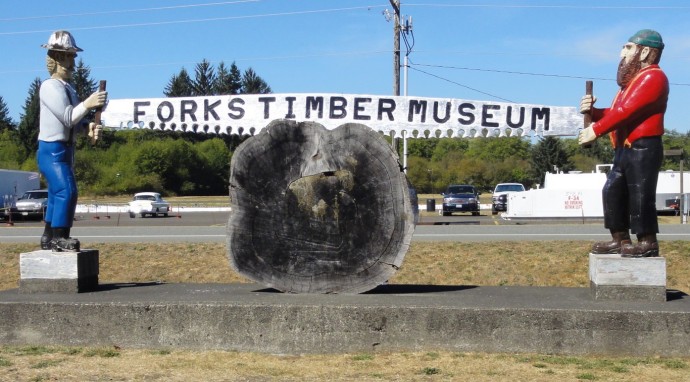
In our quest to view the Olympic Peninsula, we landed at Bogachial State Park, about seven miles from the town of Forks, situated on the forks of four rivers, the Bogachial, Quillayute, Callawah and Sol Duc.
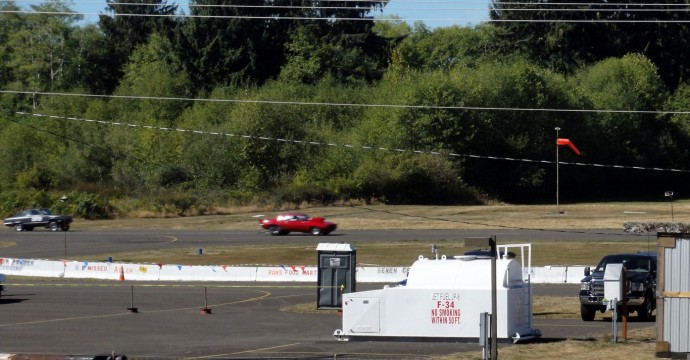
Town was jumping. A drag race across the highway from the museum, a small flea market right next to the museum, a fundraiser in town next to the VFW, and a lot of friendly people around having a good time.
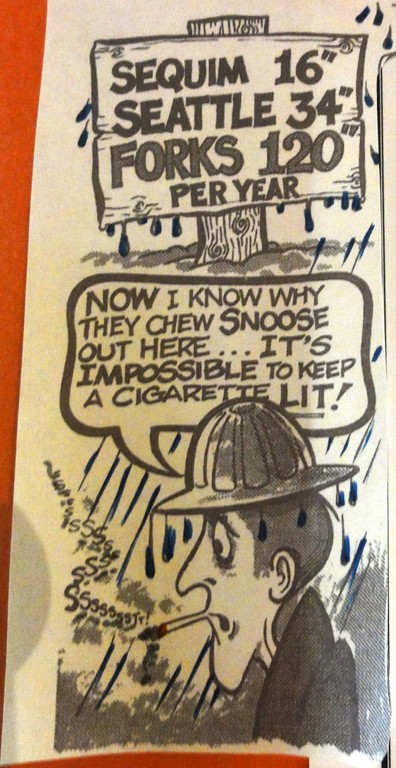
Those rivers are filled by the rains, a common source of jokes about the area.

.
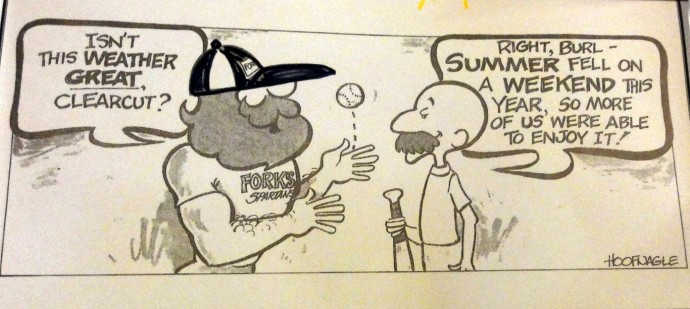
This is a small museum and what I liked about it is the human stories.
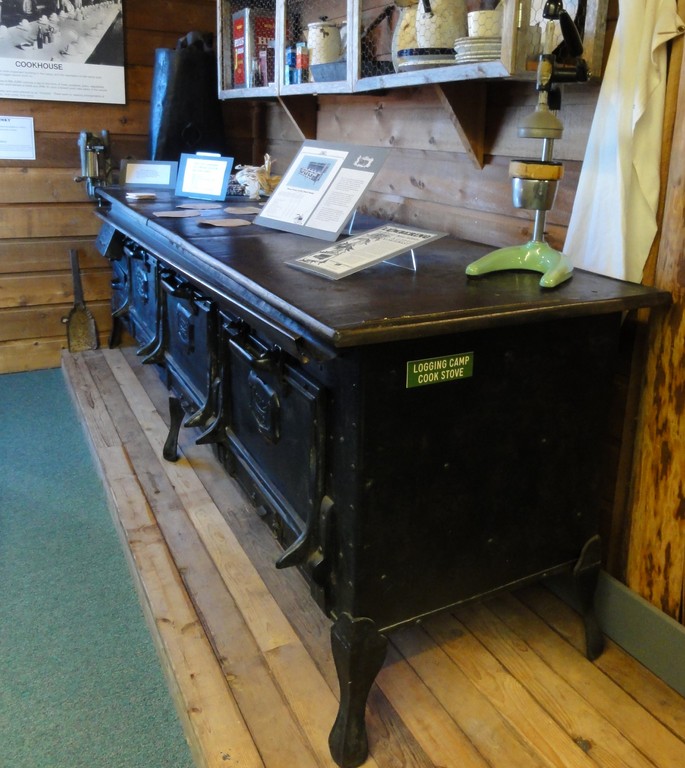
There are some great artifacts, like this camp stove. The docent told us that the surface would fit 50 plate sized flapjacks on it. The “bullcook” must have been a very adept man to work with a wood stove like this monster and keep those huge appetites well fed and happy.
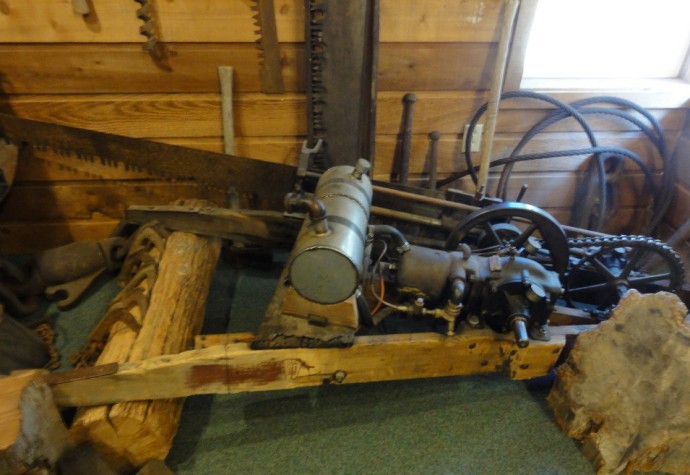
Some of the first chain saws look complicated and were dangerous to use. Some early saws were steam driven, some gas driven. Seems impossible that two mean could lift and run this saw.
Which made me think, how did the Indians cut those huge red cedars down to make their boats. Here is the answer below:

.
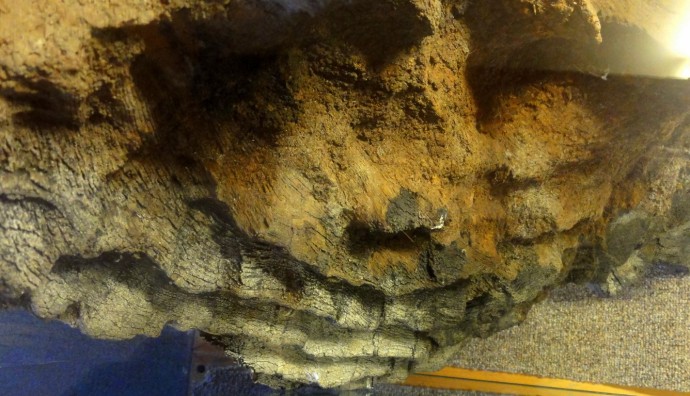
Incredible.
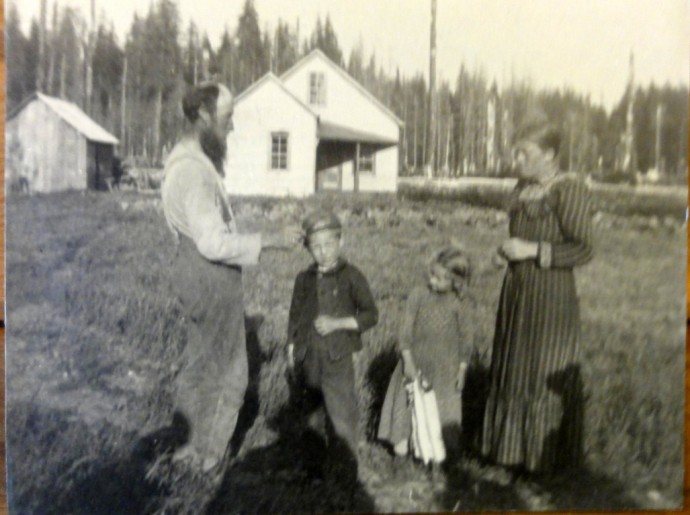
The people who settled here were resourceful and hard-working. They had to be strong and tough. This is Ole Boe and his family.
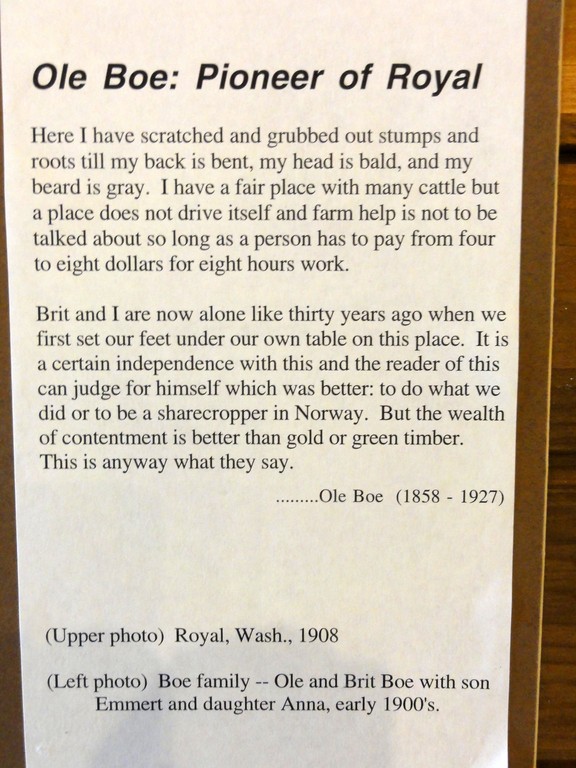
.
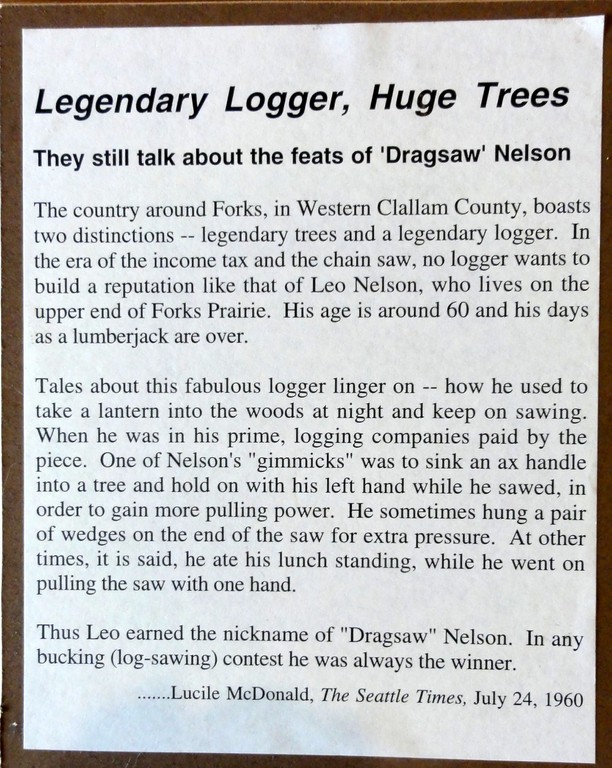
.
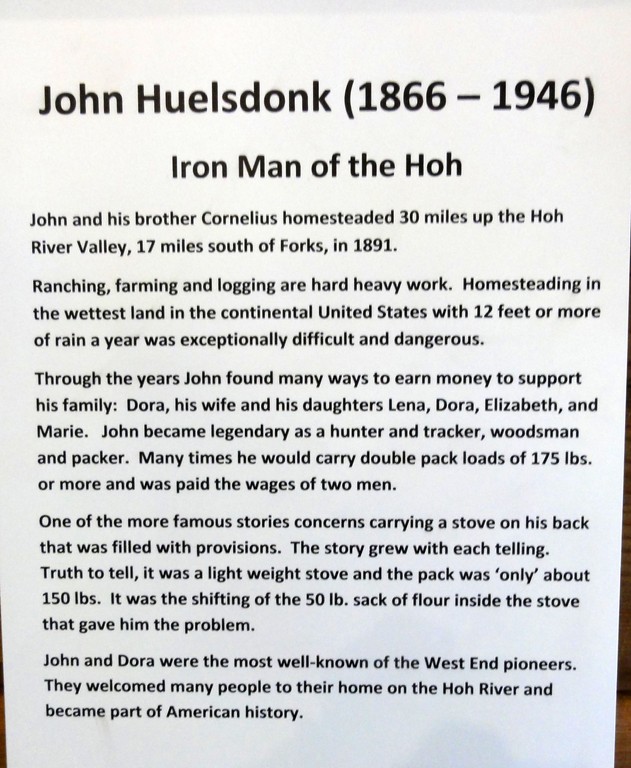
.
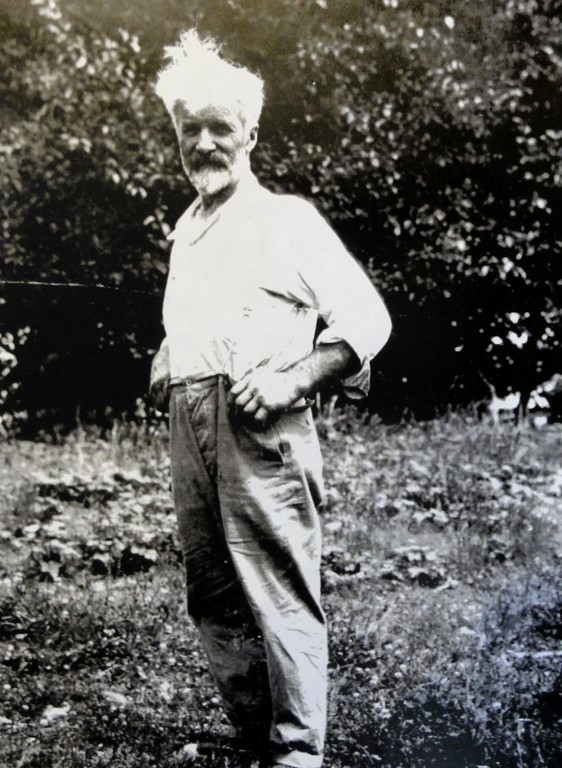
John Huelsdonk doesn’t look like a big man. His story reminds me of our own “Mountain man” Monte Wolfe, who packed a stove down into the canyons of Calaveras County. Monte was not a big man but he had legs like fence posts. John is older in this photo but look at the size of his left hand.
Women were no stranger to hard work, either. Sarah ?, (I missed her picture) raised her six children and when they left home, she started a pack train of horses and took people into the depths of the rain forest through mud and snow and showed them the beauty of the country. She started this business in her 50’s.
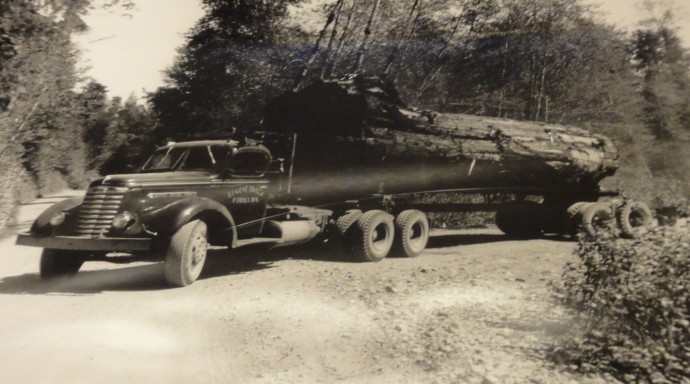
I love the stories of the loggers, trappers, hunters, farmers, homesteaders. This old logging truck carrying a full load, no jake brakes, no massive chains to hold the load.
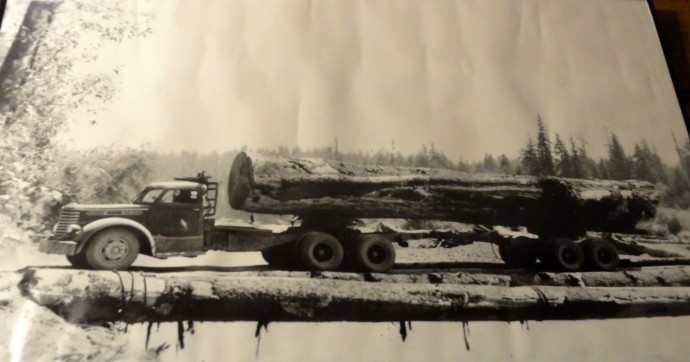
It had to take guts to drive this thing across this log bridge over a river canyon. I quail at the thought.
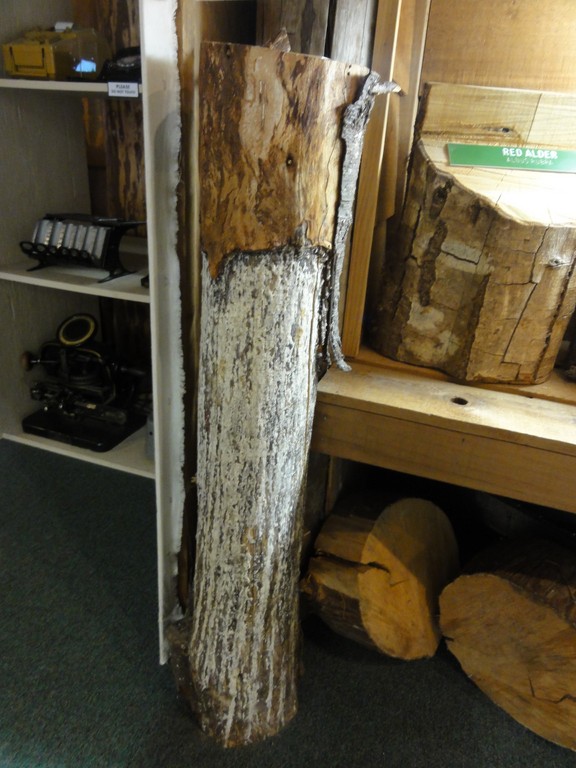
A tree damaged by a hungry bear. They would come out of hibernation and damage trees, so hunters were employed to kill bears, and paid by the pelt.. They were successful and no bear range their former lands. Wolves too, have been obliterated. Re-introducing predators has been very successful and healthy in other states. I wonder if Washington will ever try?

Early homesteaders made water pipes out of bound and tarred cedar boards.
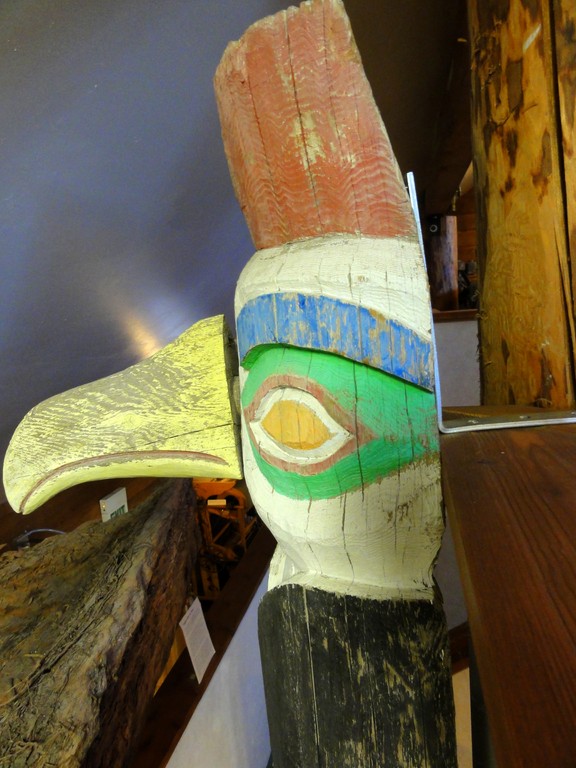
I enjoyed this museum, the people it represents, some of the fun lingo of the loggers and the equipment used to fall the huge red cedar that provided everyone a living. The area at one time was the logging capital of the world. Logging practices today, clear cutting in particular, are to me offensive.
No comments:
Post a Comment